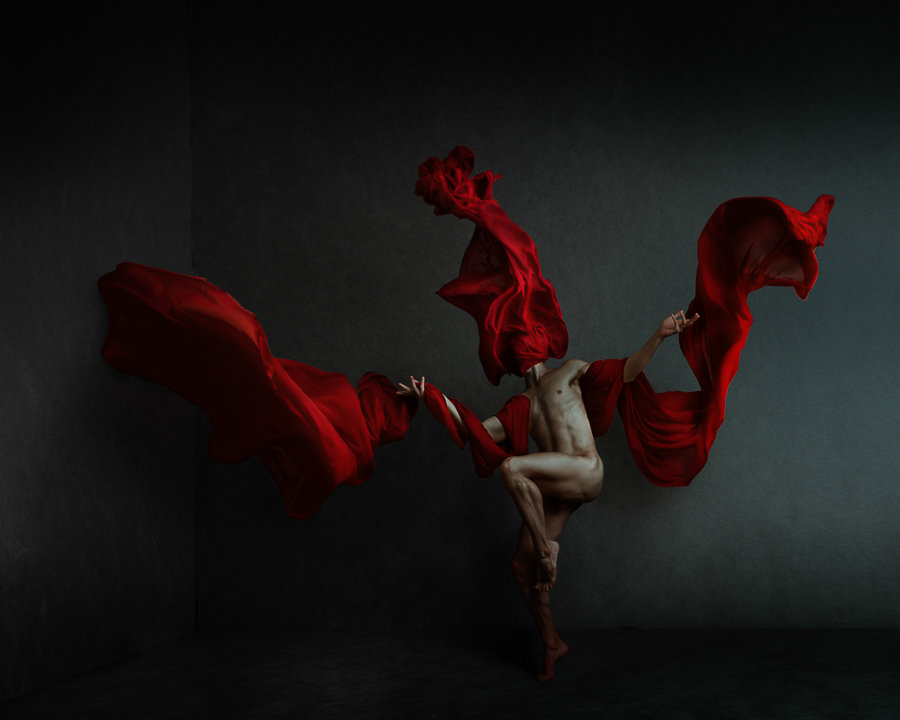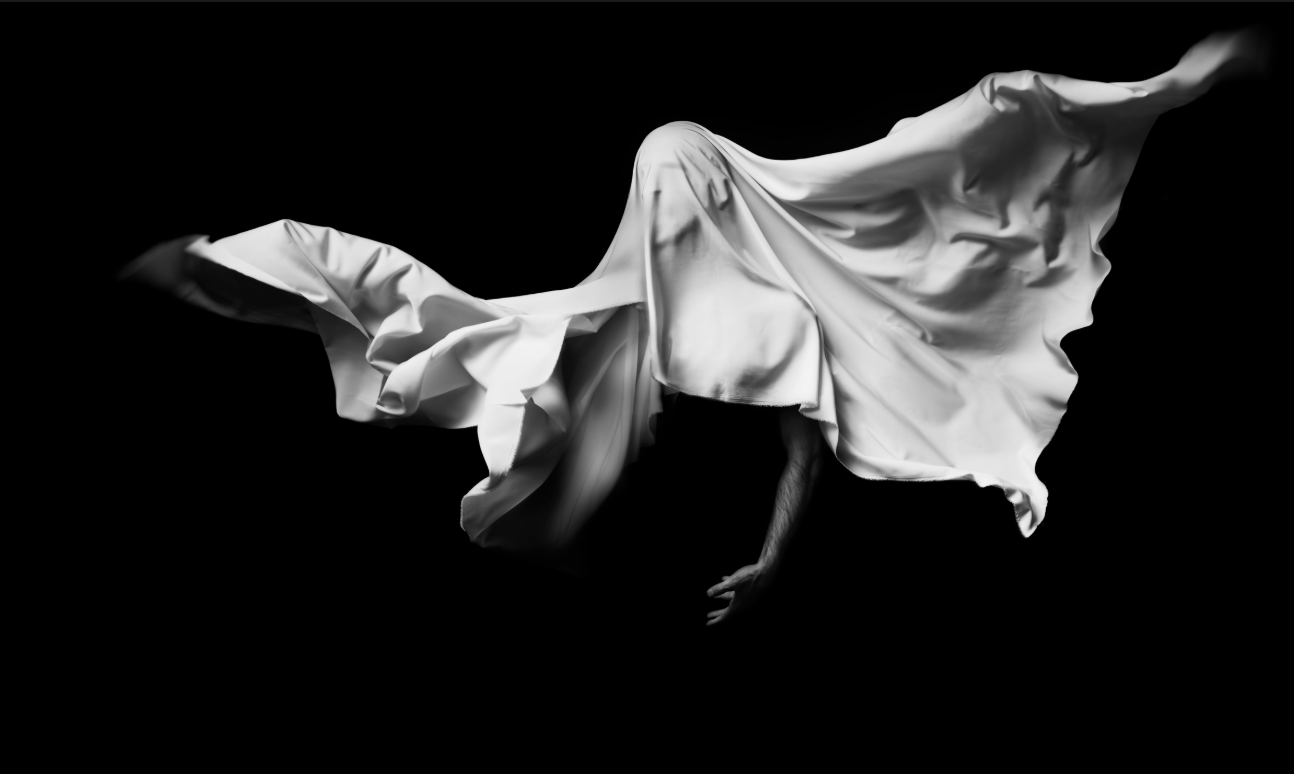The work of William Ye:

William Ye, 28-year-old multi International award winning portrait and fine art photographer based in Toronto, FAPA student and non-professional grand winner 2017/2018. His passion for fine art photography ignited 3 years ago, under the influences of famous contemporary artists and photographers of our generation, such as Annie Leibovitz, Erwin Olaf, JuliaHetta, Jennifer Thoreson (formerly Jennifer Hudson) and to name a few. Since then, he has worked hard to form his own photographic style and develop his own photographic vision, which ultimately rewarded him with several International photography awards. He has said ‘My favourite subjects are psychology, emotions and feelings. I cannot literally photograph them as they are highly abstract, non-visual and intangible concepts, so instead, I try to photograph the various imageries associated with these concepts to translate something abstract intangible visuals’ He uses photography as a medium of creation. his work is committed yet still limited due to the amount for schooling commitments e is also currently permitted too.The work seen above which I am mostly inspired by is from a collection called ‘ The Wounded’ It is a formation of the tragic events that have made international news, such as mass shootings in or lands everyday struggles that go unnoticed by most people except the sufferers themselves, such as drug addiction, STD, depression, self-loathe, etc. The LGBTQ community is often associated with parties, parades and glamour, but the reality is a lot of people are struggling. Struggle is like a wheel. It goes round and round, peeling of hope layer by layer, like trapped in a maze with no exit. Much of his other work was done by shooting though a beautiful polished glass jar, you see an incredibly distorted world.This is an abstract body of work that depicts daily personal struggle. The inspiration behind the work is Picasso’s painting Guernica, in which distorted forms are painted to stimulate the viewers’ imagination and encourage the viewers to picture together the war scene. His work is implicative and mysterious, which I admire. To create the distorted and abstract human form, I shot through several different glass jars. I found glass jars quite symbolic. It projects rainbows under the sun, but when looking through it in the dark, without too much glare on its surface, you see through it a distorted world. It reminds me of the Wounded series I previously worked on, in which my focus is on the further marginalized LGBTQ community members within the already marginalized community, who live through a lot of pains under the superficial “rainbows”.

Not only is his work a reincarnation of the principles of fine art, but the covering of the face, highlights the lack of identity and too shows an emotional neglect and abandonment. As spoken about in my previous post. I belive fine art is more then the extend to what you see, it is a arrangement of how far an artist can take their work in order to evoke a change or a substantial meaning for themselves and others. Because of this his work has such a strong inspiration of chaos and huge monumental moments in the news, this is interesting as it is a subject that applies to everyone in some matter of wanting change. His work not only has clear definite links to my first thought of fine art, being inspired by people such as Picasso’s paintings. But this combination of artistic influences is moulded with what he sees and reads in the media, that he believes deserves more exposure and importance, due to the need to change. His work is entitled chaos. It indefinitely links perfectly with my next influences for this project being, chaos within the media. His work as well as this link so clearly with fine art and the media of chaos, it also has a clear connection to variation and similarity. It focuses on people and spot still possess the use of showing the different ways to show DNA. The lack of individuality also shows the similarity between the outwardly presentation fo people, and the use of their actions that is what separates us as a group. Personally I chose his work as it inspired an artistic love for the effortless and grace which his images hold. The use of the a structured body combines with such a soft flowing wrap yet still make it look like one being or entity within the piece, is so successful. His other works too has such a strong abstract perception of what art is, and I believe I will definitely do shoots inspired by this work of William Ye.
contextual/critical references mentioned as inspiration for William Ye’s work ie. Leibovitz, Erwin Olaf, Picasso: In comparison to the artist Picasso, his work is very much structured in order to create a more mathematical presence of composition. Even the sheet and is an object meant to be fluid, he forms a more secure structure to the piece itself. Everything about this piece is almost mathematically measure out to fit together in a perfect manner. Ye clearly has a vivid influence in the way he too wishes to connote primary colours, in order to inflict and have the persons themselves posses a deemed amount of power. Also seen within his strong juxtapositions of lights and shadows within his other pieces. His demonstration of clear influences is also seen within the similar narrative of his work to that of Olaf, both of them find it important to present that narrative emotions and character of someone. Ye within the vast majority of his work never reveals the identity of the persons, it is hidden within the fine art aspect of his work, Whereas Olaf is much more of a fashion iconography work. So capturing the emotions, and hidden persona of people within the same mysterious circumstances. Ye has a far reaching understanding of artists and how to combine aspects of chaos and mass media into his work. I believe If I too use many artists to inspire and form my own photography techniques that this will relay be highly beneficial to my own work.

Extend your analysis by including contextual/critical references mentioned as inspiration for William Ye’s work ie. Leibovitz, Erwin Olaf, Picasso. Try and compare his work to theirs in image analysis and discuss what his inspiration are and how he uses them in his own work. Bring in his own and other’s points of view too if you can find them as direct quote to demonstrate wider reading and understanding